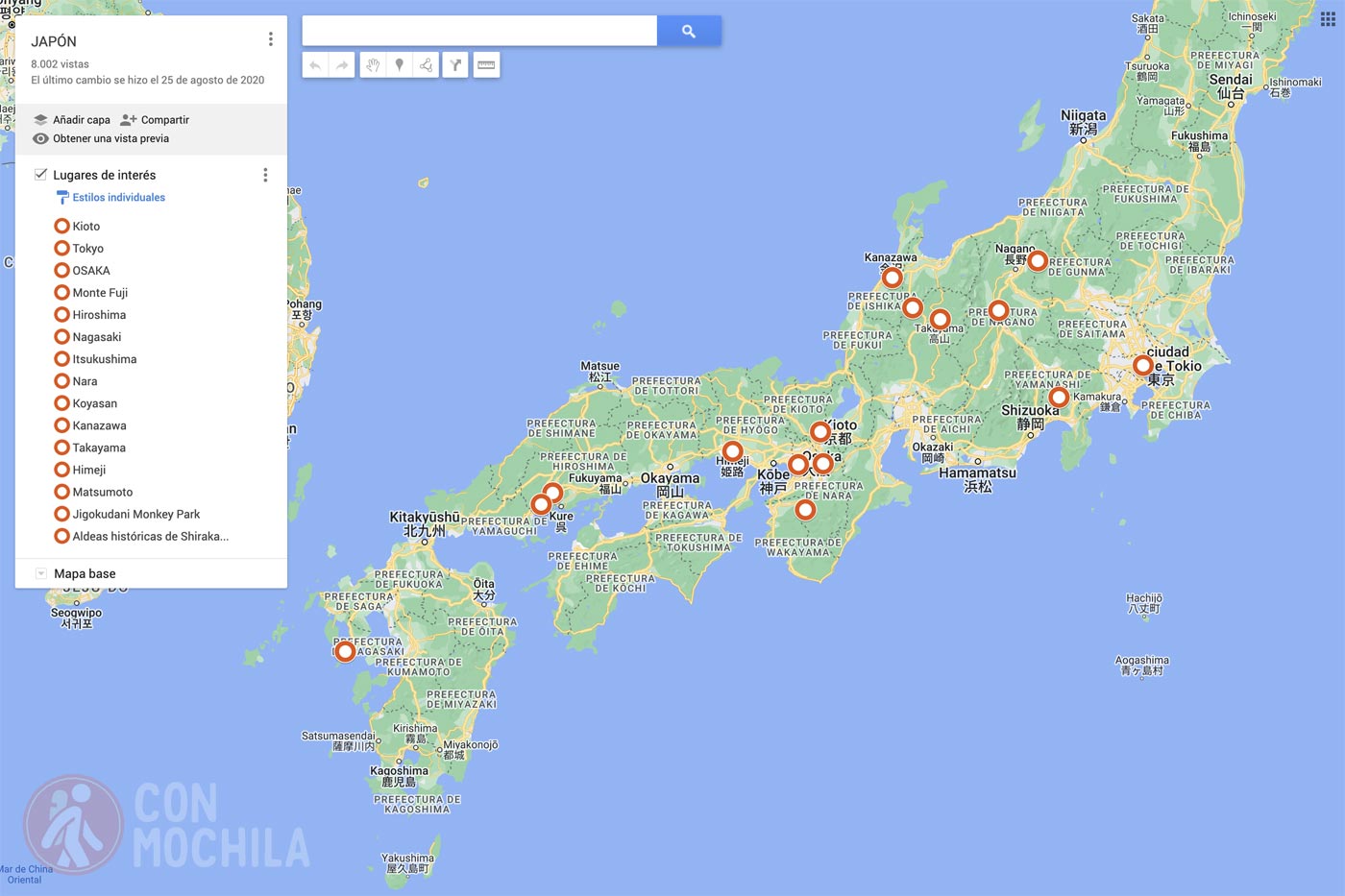After years of traveling around Asia, just when we thought this continent could no longer surprise us, we discovered Japan. The Land of the Rising Sun left us in awe for five weeks, and not just because of its food…
Everything felt completely different from what we were used to: trains that seemed to travel at the speed of light, spotless streets, torii gates of all sizes, floating torii, castles everywhere, and cities with tragic histories that refuse to be forgotten.
The constant stream of stimuli helped counterbalance the feeling of a lack of spontaneity in a country where the sense of order can be overwhelming. In Japan, everything is meticulously organized, and schedules are strictly followed, so if you’re short on time, you can plan your entire trip from start to finish with ease.
Although, as we mentioned, we missed a bit of adventure on this journey, we’ve created this guide to highlight what impressed us the most and what we consider to be the most important aspects, even if some things did not fully meet our expectations.
If you’re getting ready to travel to Japan, you’re in the right place. Have a great trip!
European citizens, along with those from many other countries, do not need a visa to visit Japan for tourism purposes. You can find detailed information in the previous link regarding the requirements for obtaining the stamp that allows you to up to 90 days.
If you’re planning to cover a lot of miles, getting a Japan Rail Pass might be worth it. After traveling throughout the country and experiencing the comfort of its trains while saving a lot of money, we highly recommend it. In cities, always look for train and metro passes.
It goes without saying how important it is to travel to Thailand with a good insurance. We were the first ones to offer the famous 5% discount on IATI Insurance, but you also have it available with Heymondo Travel Insurance.
Follow the links below to get a discount on their website:
The weather in Japan varies significantly by season, and choosing the right time for your trip will depend on your preferences and the activities you plan to enjoy.
We often say that the main airports to fly into Asia from Europe are Bangkok, Kuala Lumpur, and Hong Kong. From these hubs, you can catch affordable flights to almost any part of Southeast Asia or Japan.
In this case, consider looking for flight deals to Tokyo or Osaka first, as these major airports often have good offers. To help you find the best prices, we recommend using Skyscanner, one of our go-to search engines for finding the best flight deals to the main airports in the region.
While many hotels, guesthouses, and restaurants in Japan offer free Wi-Fi, some travelers prefer or need a constant connection. We’ve included details on obtaining a eSIM Japan card with unlimited data. If you want to get one directly, use the following link (with a discount):
If you’re planning a trip to this incredible Asian country, it’s essential to know that Japan’s currency is the Yen (JPY), available in both bills and coins.
You can find all the necessary information in the link above, but if you want to buy Japanese yen before traveling, we recommend doing so with Ria. They offer the best exchange rates in the market (you can check it yourself), and they don’t charge any commission. Plus, as always, you get a small discount for being our reader!
In our opinion, Kyoto is the most beautiful city in all of Japan, which is why it tops our list. It might have something to do with the fact that it was the first city we visited and the one that truly made us realize how different Japan is from the rest of Asia that we knew until then. Its cultural richness gives you a genuine glimpse into what Japan is all about.
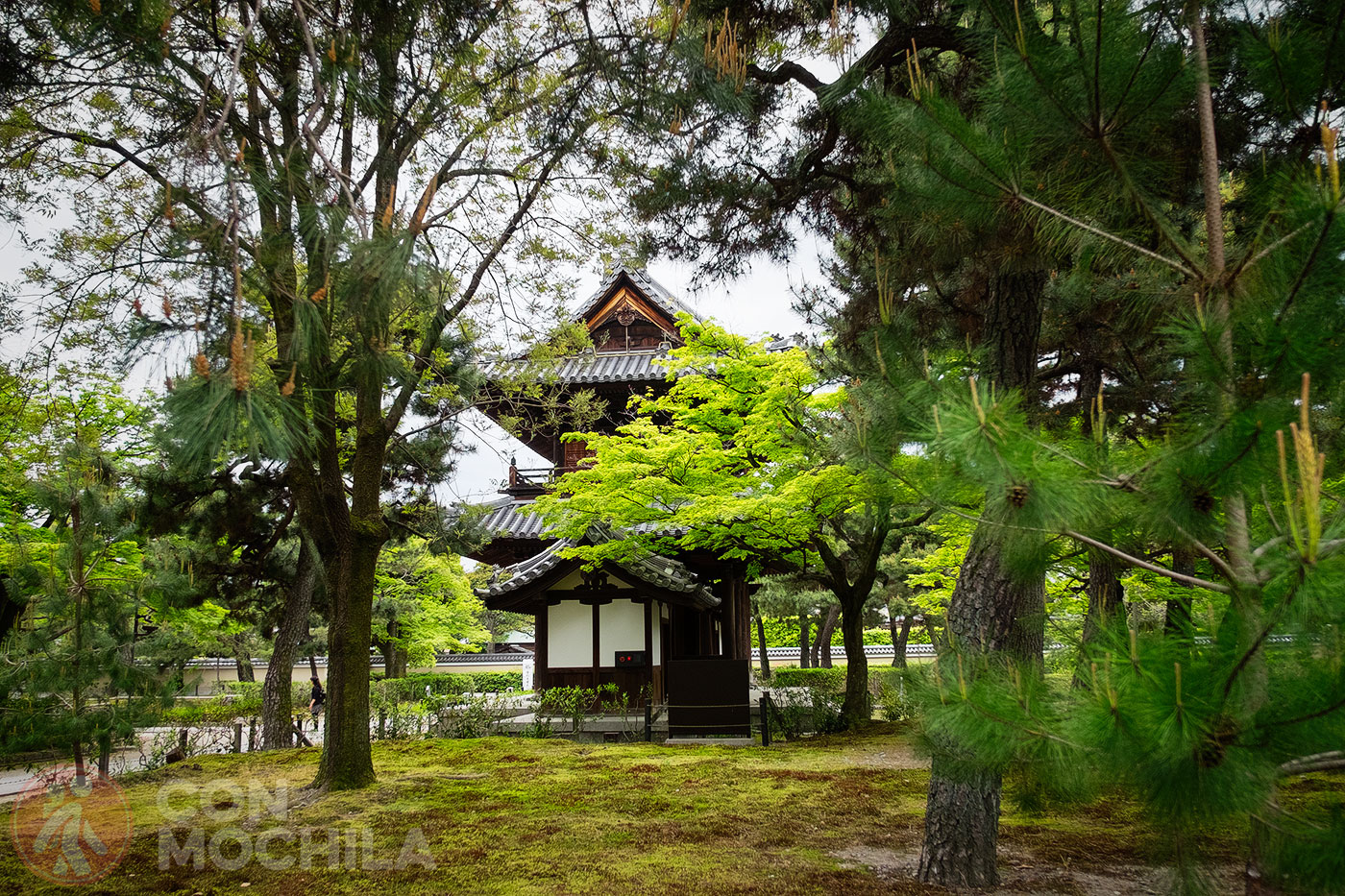
Some of the most iconic places include the famous red torii gates of Fushimi Inari-Taisha, the Arashiyama Bamboo Grove, the “Philosopher’s Walk,” and Pontocho Alley. Kyoto is a must-see.
The capital of Japan offers an endless variety of things to do, so much so that it could feel like a trip within a trip just to explore it all. Tokyo is modern yet traditional, diverse, clean, organized… it’s the perfect introduction or a memorable farewell to Japan.
In this vibrant city, you’ll encounter Michelin-starred restaurants and futuristic robot dining experiences. You’ll find machines that make you feel like you’ve traveled to the future and others that bring back memories of your youth.
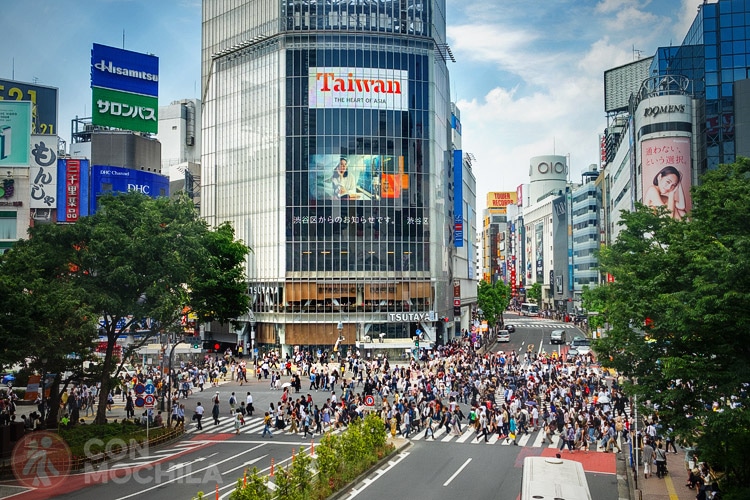
You’ll feel small in the crowds of Shibuya, free in the serenity of Meiji-jingu Shrine, ordinary in the eccentricity of Takeshita Street, and nerdy in Akihabara.
Eating, walking, exploring, playing, admiring, moving, being surprised… there are so many things to do that you should dedicate at least three days of your itinerary to Tokyo.
Although it is the third-largest city in Japan, Osaka has less to offer compared to the previously mentioned cities, and a couple of days should be enough to cover its main highlights.
Osaka Castle is a standout attraction, where you can enjoy both the historic fortress and the beautiful surrounding park, popular with both locals and tourists.

The Namba area is also worth a visit. Once you find a spot amidst the crowd, you can take a photo in front of the famous Glico Man sign or indulge in delicious Okonomiyaki in the Dotonbori area.
Hiroshima remains world-famous due to its tragic history. On the morning of August 6, 1945, the Enola Gay dropped the first atomic bomb, named Little Boy, which claimed thousands of lives both instantly and through its long-term effects.
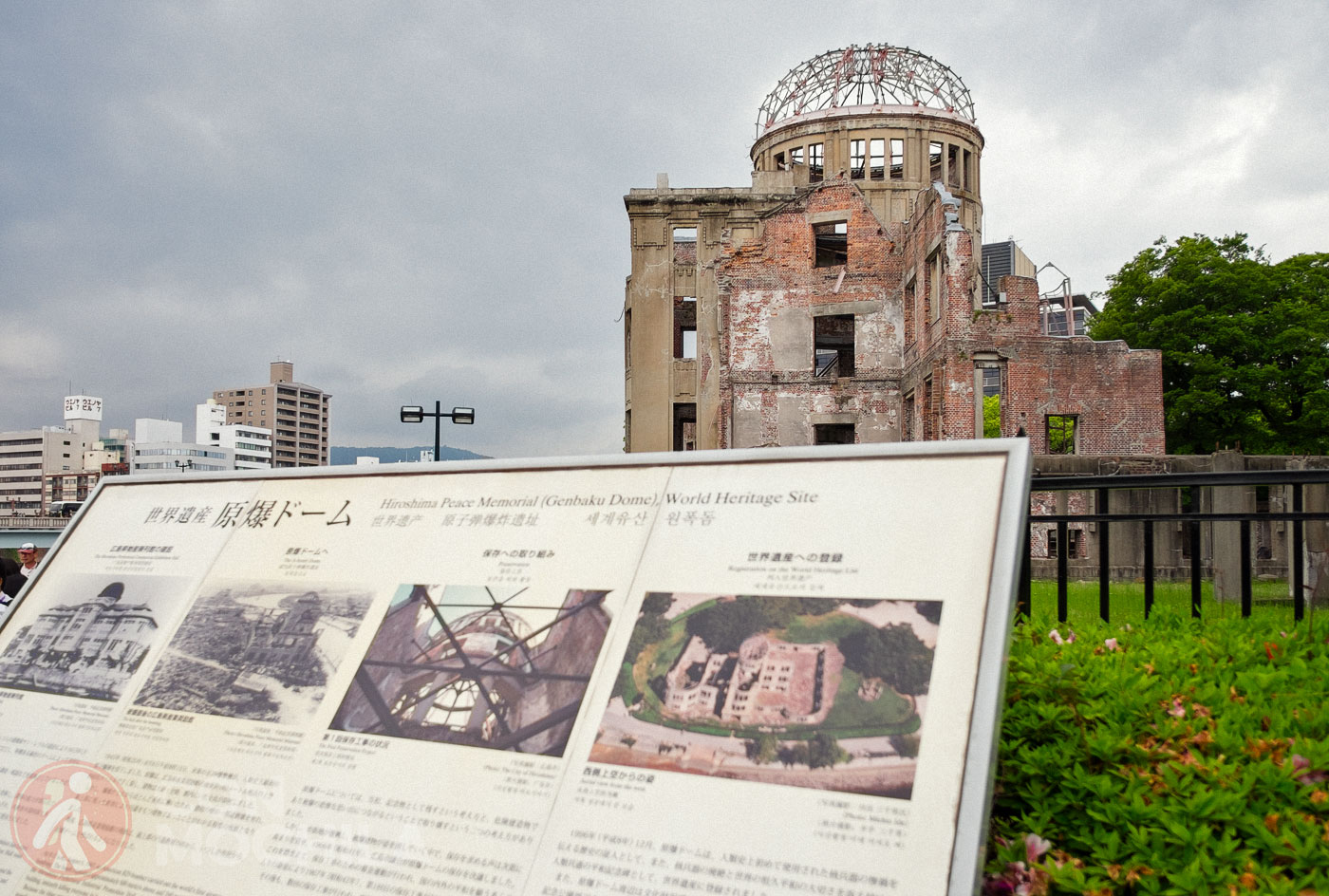
The Atomic Bomb Dome is one of the few structures still standing near the blast’s epicenter. Across the river lies the Hiroshima Peace Memorial Park, an emotional site (especially when filled with school groups), with several memorials and a museum that details the nuclear explosion and its aftermath.
Just three days later, Nagasaki became the second city to suffer a nuclear attack, with consequences no less severe than those in Hiroshima. The Peace Park and the Nagasaki Atomic Bomb Museum serve as solemn reminders of the victims and a call for global peace and the end of nuclear weapons.
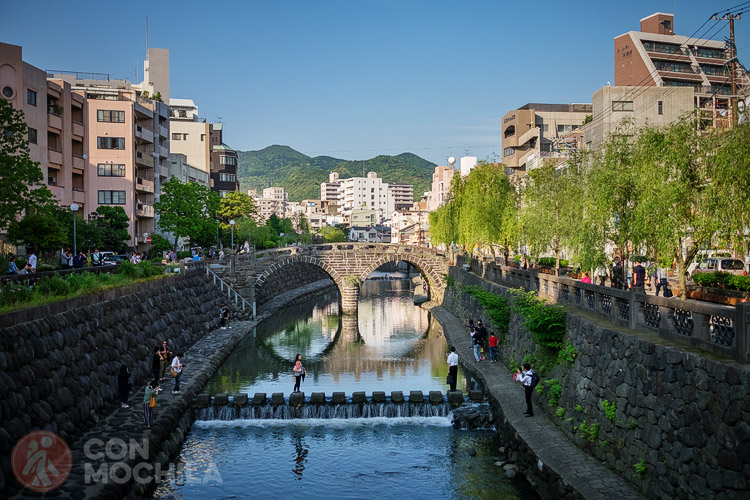
Beyond its historical significance, Nagasaki has much to offer, including several beautiful temples and a riverside walk that compelled us to extend our stay. Over the years, the city has managed to recover and now presents its best face to the world.
Mount Fuji has long been regarded as the great symbol of Japan. For generations, it has been said that every person born in Japan should climb to its summit at least once in their lifetime. This iconic peak has featured countless TV shows, movies, and more. There is no shortage of reasons: Fuji-san— as the locals call the mountain, considering it an illustrious symbol of Japan— enjoys a beauty that is difficult to match.
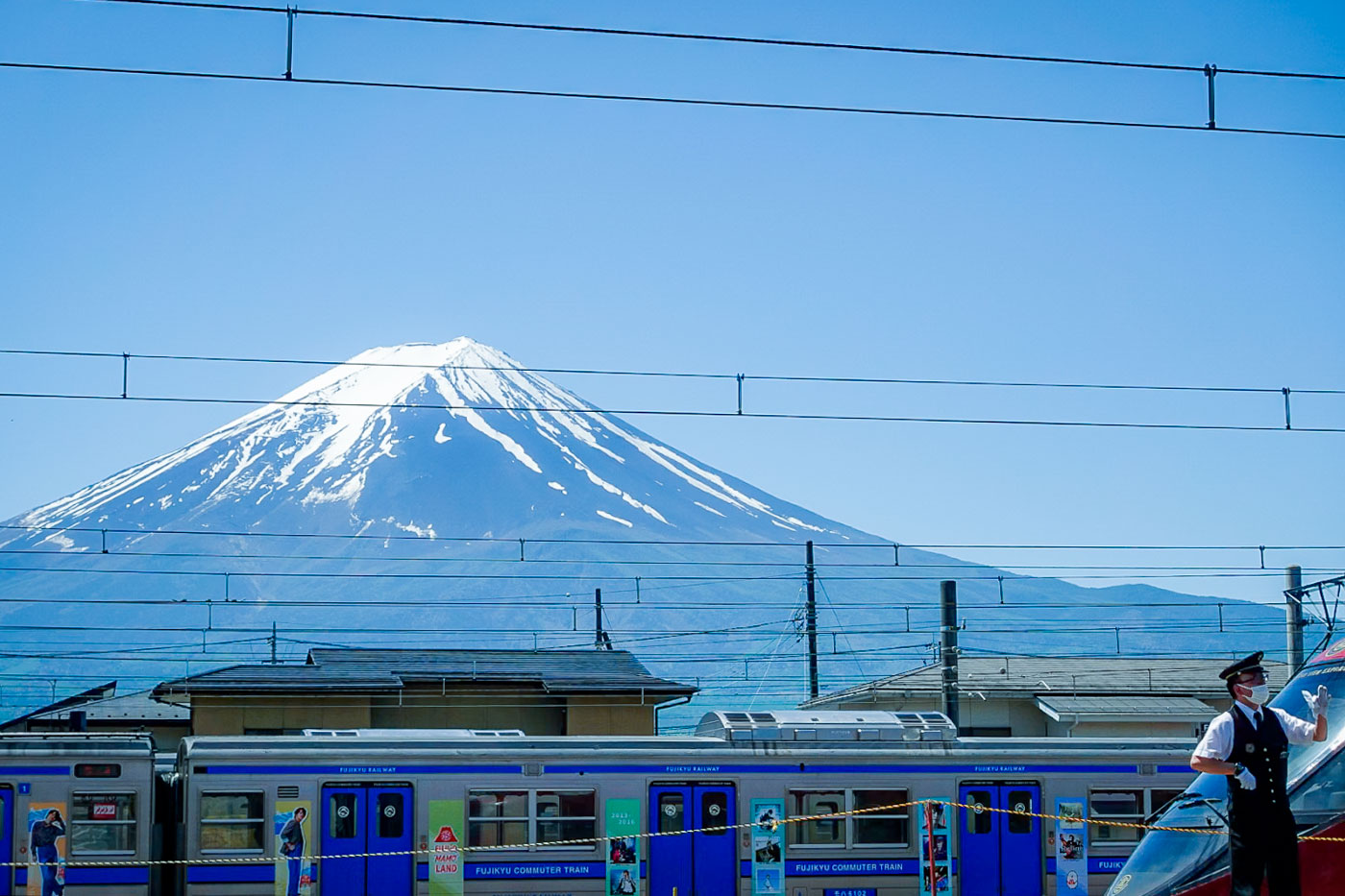
If you are in Tokyo, a trip to Mount Fuji is highly recommended. It’s close enough that you can sometimes catch a glimpse of its silhouette from the skyscrapers in Shibuya. However, be prepared for the possibility of missing the views when you visit, especially if you’re in Kawaguchi, a charming town with a lake that offers stunning views.
Kanazawa Castle may remind you of the other castles you’ve seen across Japan, but a walk through Kenrokuen Garden makes visiting this city truly worthwhile. In this meticulously designed garden, everything seems to be perfectly placed, and it’s one of the most beautiful spots we encountered in Japan.
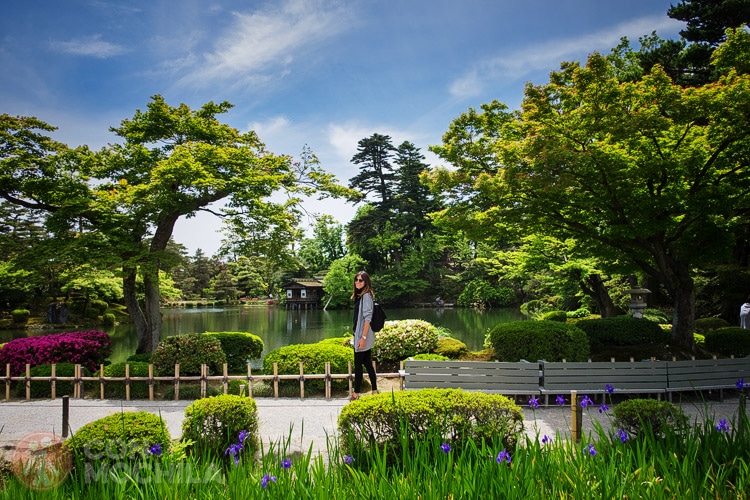
While you’re there, make sure to explore Omicho Market and the train station itself, where you’ll find some excellent dining options.
In this city in the Japanese Alps, it’s a great idea to rent a bike and explore its old neighborhoods. Pedal through streets lined with shrines, temples, and historic buildings, such as Takayama Jinya, a former government office of the Edo Bakufu, the military government of Edo, from 1692 to 1868.
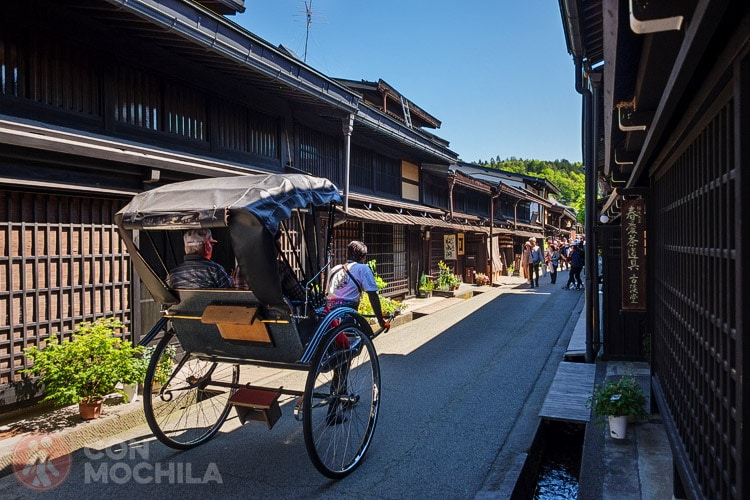
The Miyagawa River flows through Takayama, which is why there are so many bridges, with the Nakabashi Bridge being one of the most popular, always filled with tourists taking photos. Don’t leave without visiting a sake brewery or trying a matcha ice cream cone.
The biggest disappointment of our trip was Shirakawa-go. This small village, famous for its traditional gassho-zukuri houses, turns into a theme park at certain times of the day, stripping away any sense of authenticity.
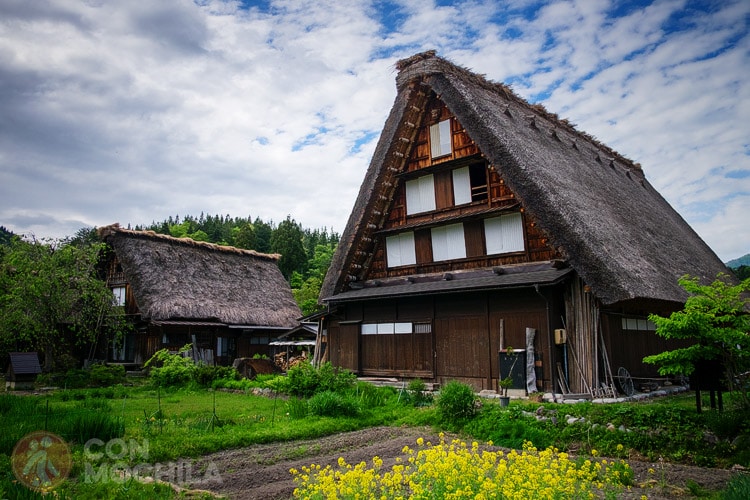
When you’re forced to dodge selfie sticks and crowds of disrespectful tourists, it diminishes the experience, no matter how beautiful the location is. If you do decide to visit, good luck, and try to choose your timing carefully.
Stop looking at the map—Okonomiyaki isn’t the name of a city but rather a dish that won us over from the first bite. How did raw fish become so popular when these “Japanese savory omelets” are so delicious? Not a single day went by without us seeking out a place with grills where we could enjoy this treat.
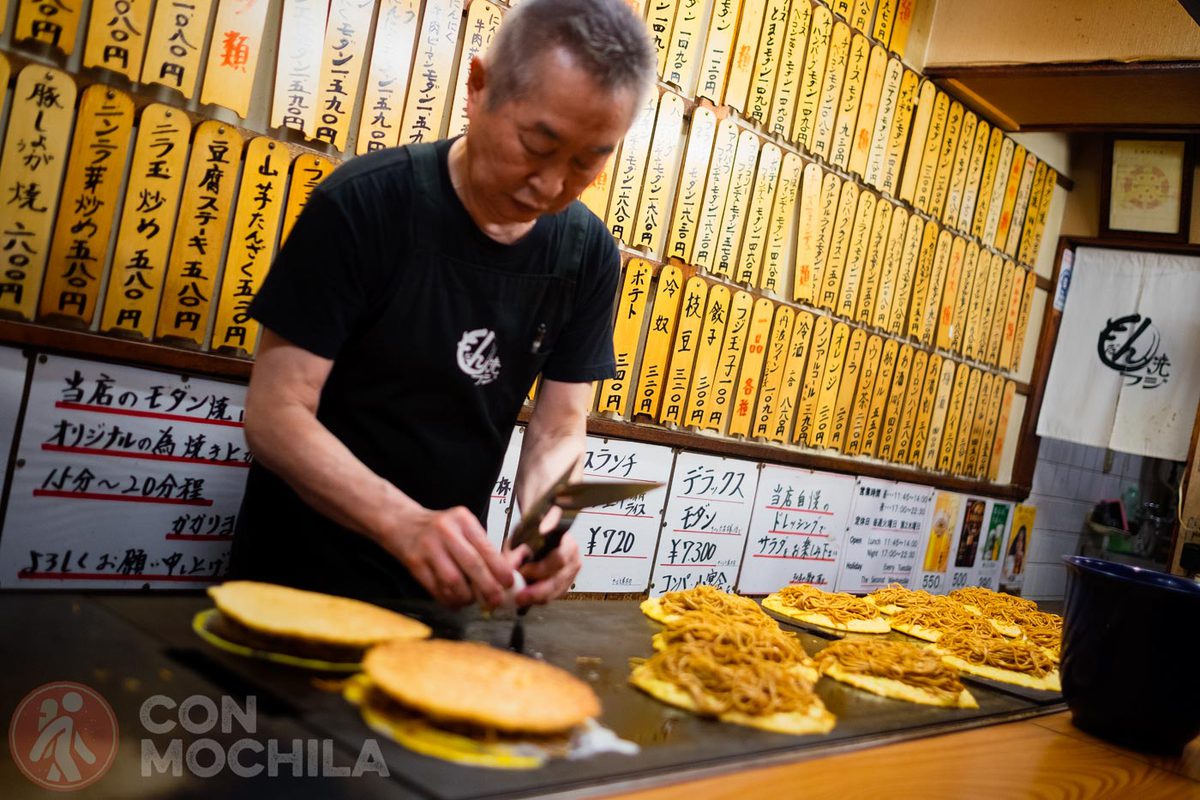
When it comes to drinks, sake, made from rice, is the undisputed star of Japan. Toni took on the task of tasting this liquor at every stop, creating a mental map of flavors.
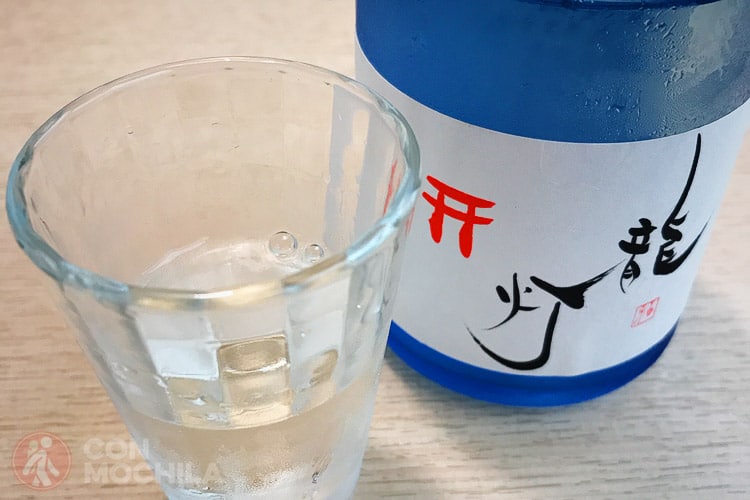
To the north of the city lies Himeji Castle, one of the most famous and oldest castles in medieval Japan. This World Heritage Site is characterized by the white plaster covering its walls, which makes it stand out and can be seen from almost anywhere in the city.
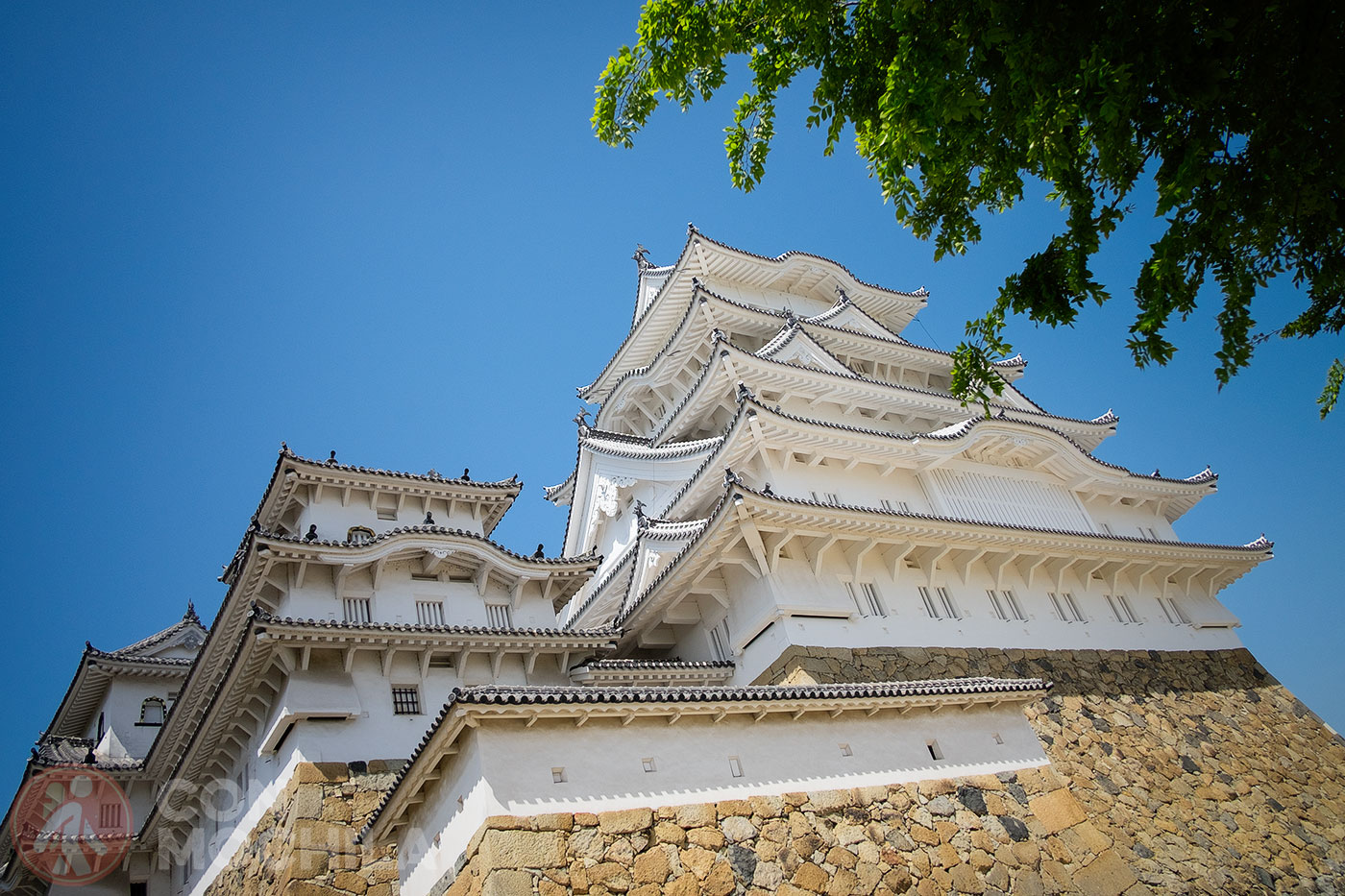
The panoramic view of Himeji from the top of its six floors is breathtaking. Spend a few hours in this city, even if it means leaving your backpacks at the station’s luggage room before continuing your journey in the afternoon.
Matsumoto Castle is another must-see castle in Japan, but unlike the previous one, this one is black, earning it the nickname “Crow Castle.” Built during the Sengoku era as a fort originally named Fukashi, it is now considered a National Treasure of Japan.
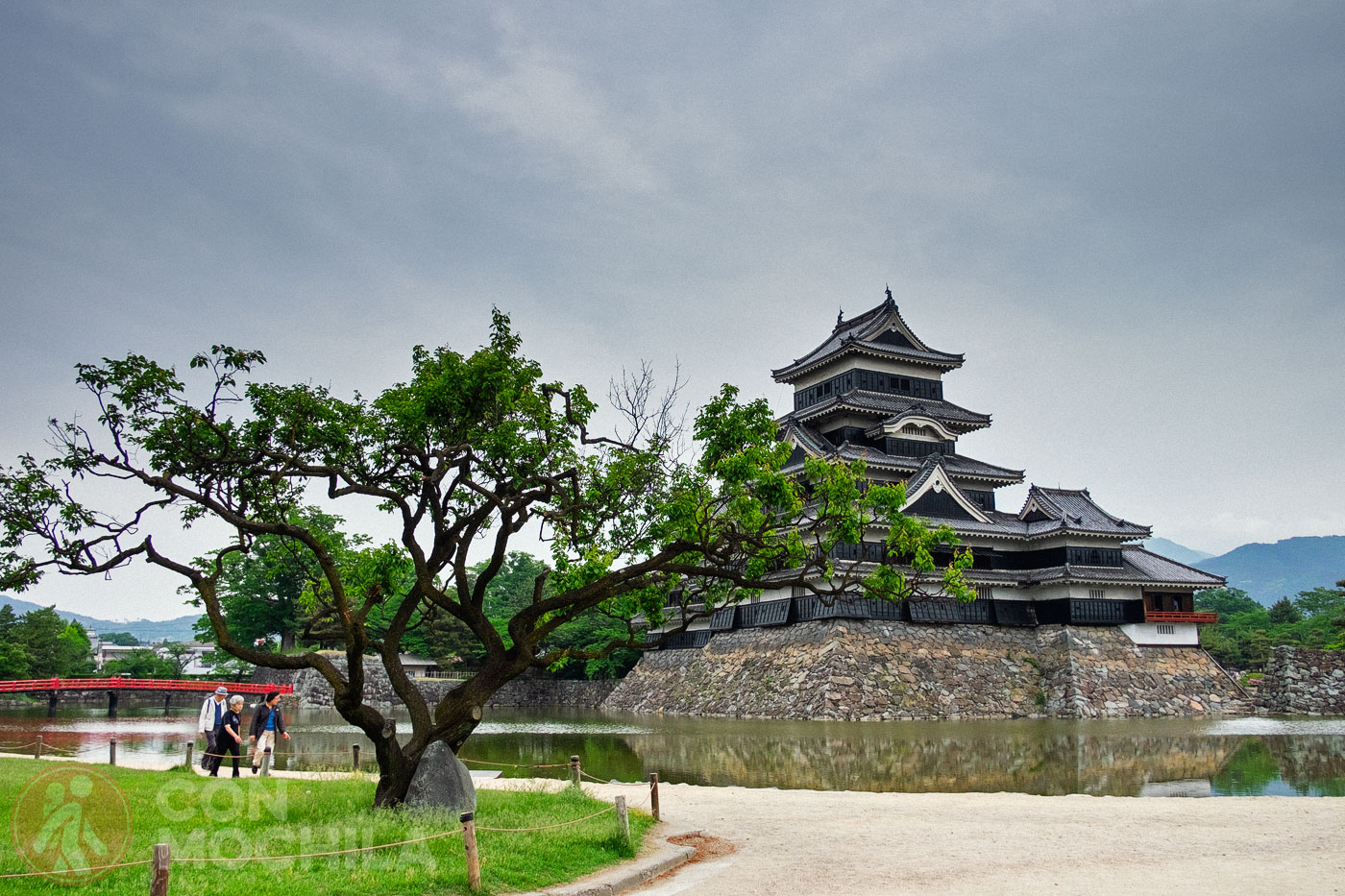
Surrounded by a moat, the castle has six levels that you can explore all the way to the top, from which you can enjoy a 360-degree view of the city of Matsumoto. The visit can be done in a couple of hours, so there’s no need to stay overnight in the city.
Kanazawa Castle, located in Kanazawa, Ishikawa Prefecture, Japan, has a rich history. From its founding in 1583 until the end of the Edo Period, it served as the seat of the powerful Maeda clan, lords of Kaga, a feudal domain second only to the Tokugawa in size and wealth.
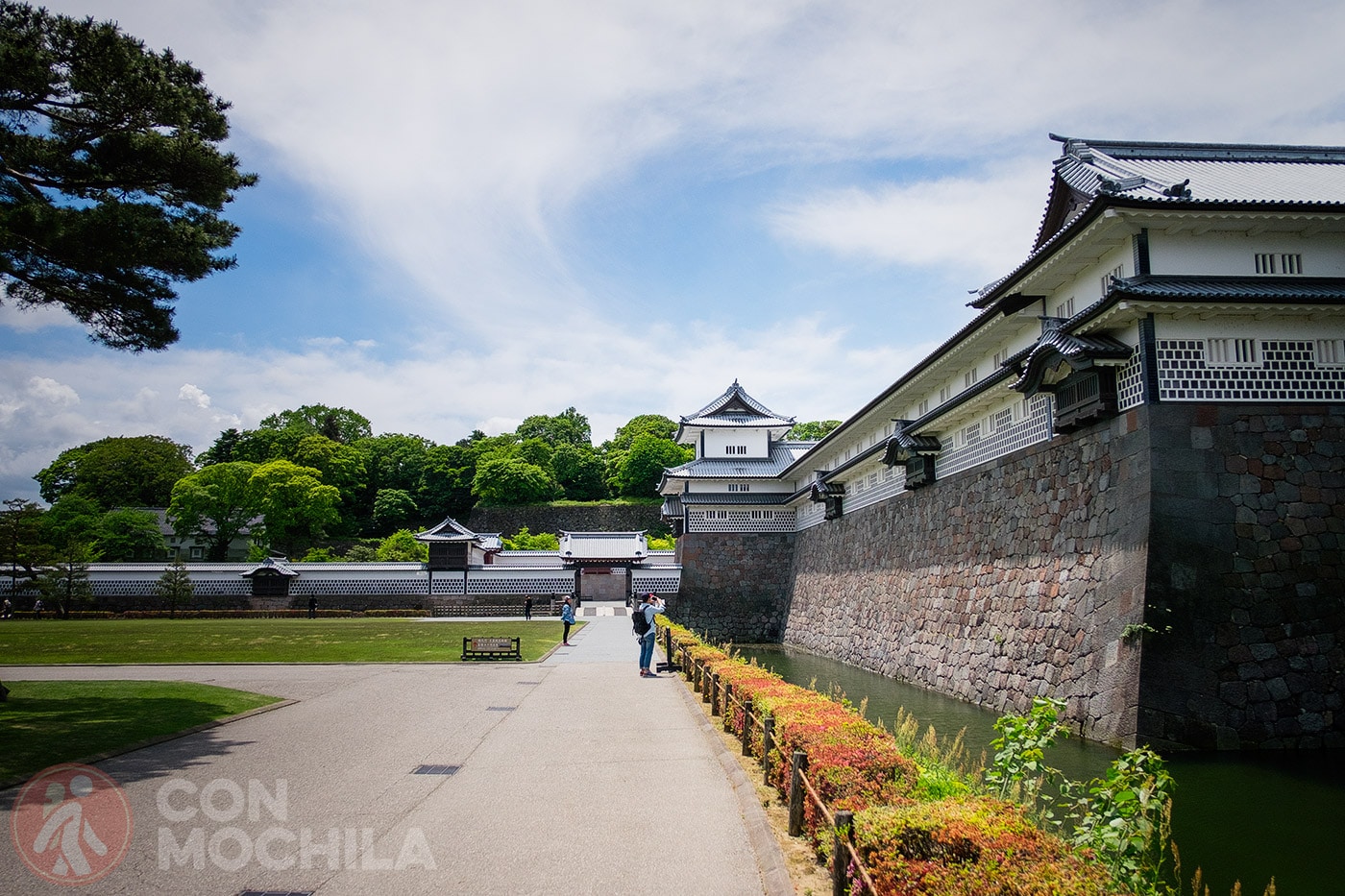
With such a history and after numerous reconstructions, Kanazawa Castle, along with the city itself, has become one of the most significant destinations in Japan, attracting thousands of visitors each year.
As its name suggests, Osaka Castle is located in the city of Osaka and is known as Ōzaka-jō in Japanese. It is one of the most famous castles in Japan, particularly for its role during the Azuchi-Momoyama period of the 16th century.
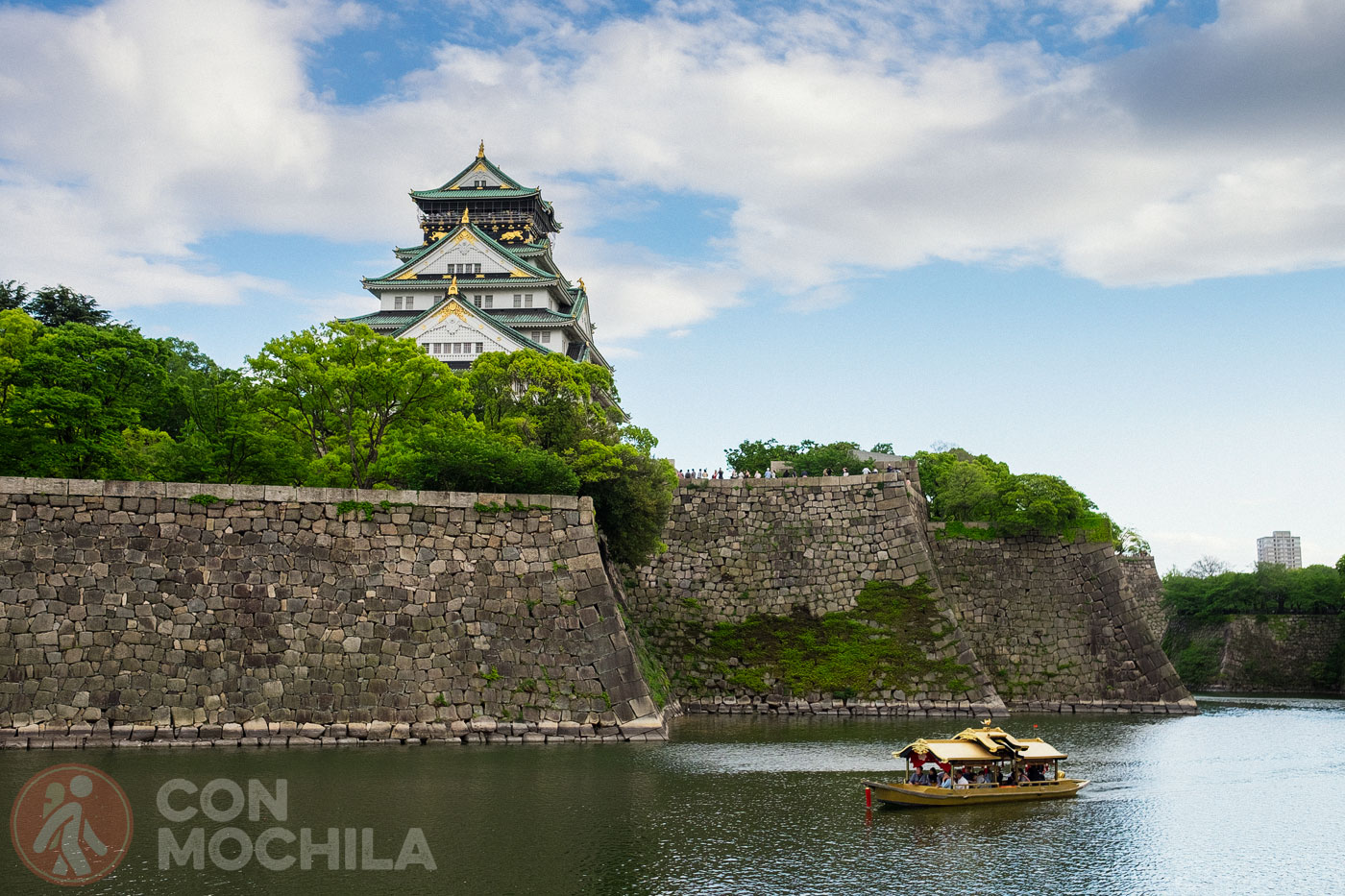
The history of Osaka Castle dates back to 1583 when Toyotomi Hideyoshi ordered its construction. It was designed to have five floors above ground and three below, adorned with gold leaf on the tower’s sides. The result was nothing short of spectacular.
If you’re interested in exploring Japan’s castles or learning more about its history, Hiroshima Castle is a must-visit. This iconic site was destroyed by the atomic bomb in 1945.
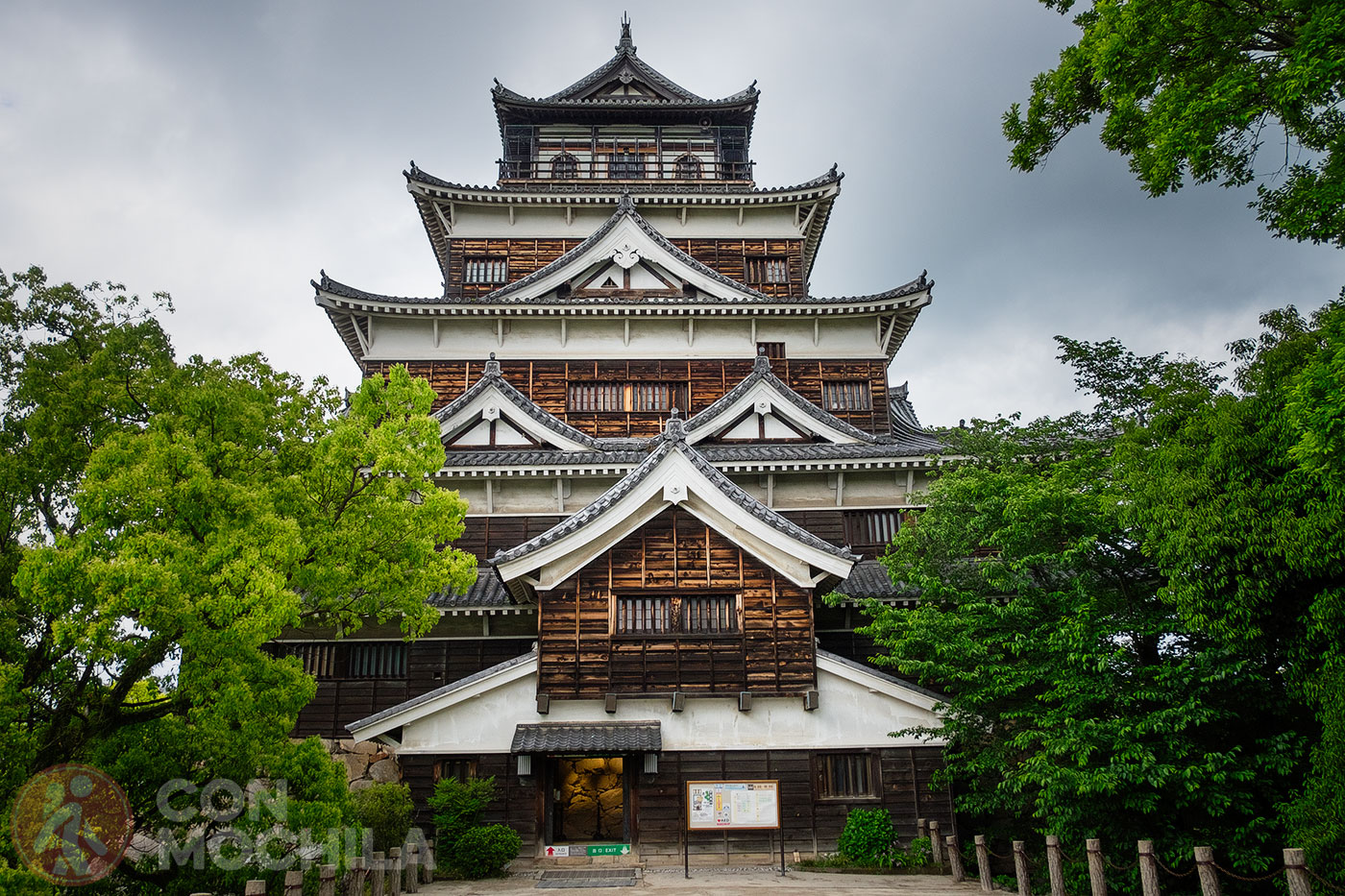
However, in 1958, it was rebuilt as a replica of the original and now houses a museum that provides a glimpse into Hiroshima’s history before World War II. Its tranquil surroundings make the visit even more enjoyable.
Gazing out of the train window and seeing the silhouette of this iconic volcano in the distance is a thrilling experience. Its 3,776 meters of height dominate a landscape that is both flat and picturesque.
There are several towns and viewing points from where you can admire Mount Fuji, weather permitting, and we did so in Kawaguchiko.
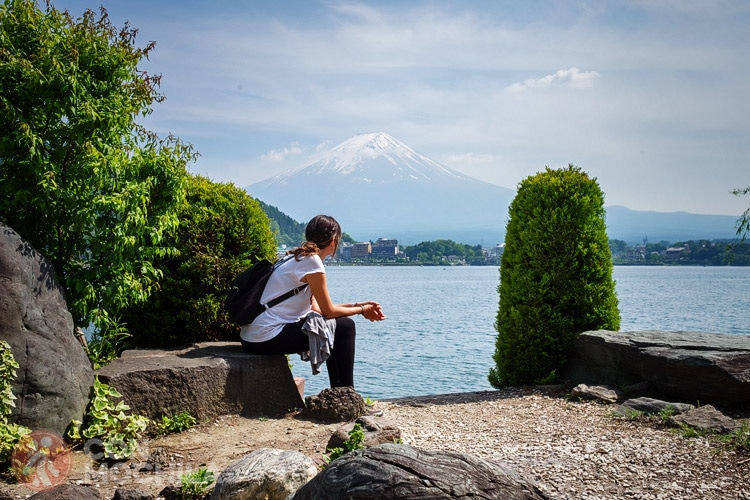
We saw it at sunrise from the balcony of the K’s House Fuji View, at noon from Tenjozan Park, and at sunset from the town’s lake.
Despite the different perspectives, the mountain always looked the same: symmetrical, imposing, and crowned with snow, surrounded by a halo of clouds that rarely drifted away.
One of the most iconic images of Japan is the floating torii gate of Itsukushima Shrine, a UNESCO World Heritage Site. Miyajima is a small island just a few kilometers from Hiroshima, making it an easy day trip with plenty of time to explore.
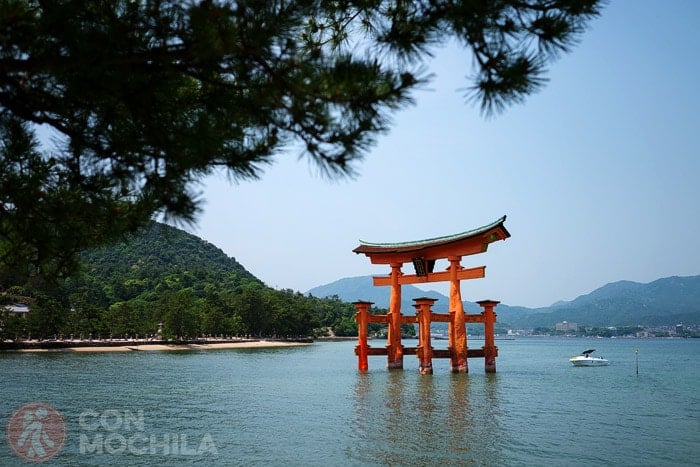
This Shinto shrine is built on the seashore, and when the tide comes in, it creates the illusion that the shrine is floating, which is where it gets its name.
Hundreds of deer greet tourists visiting the historic monuments of Nara, the ancient capital of Japan. These animals, as friendly as they are plump, are part of the landscape, wandering throughout the gardens where the famous temples are located: Todaiji Temple, Kofukuji Temple, Kasuga Taisha Shrine, and Gangoji Temple, among others.
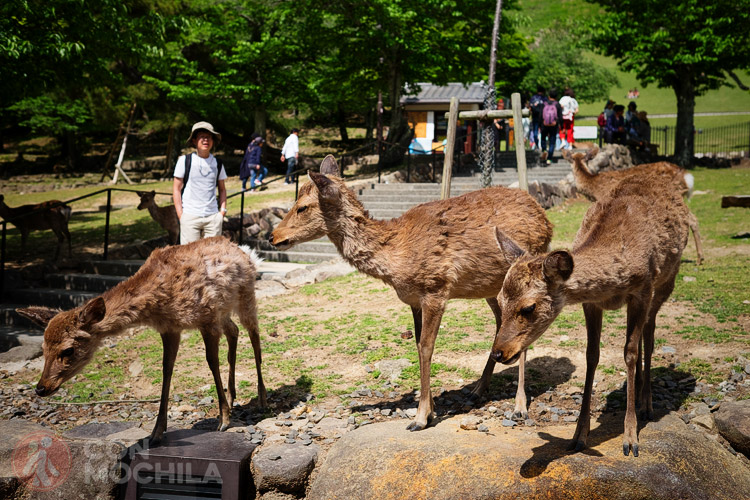
You can spend a couple of days exploring the city at your own pace, or simply take a day trip from Osaka.
Reaching the small town of Koyasan from Osaka requires several hours and many train transfers, but in our opinion, its authenticity and tranquility make it well worth the journey.
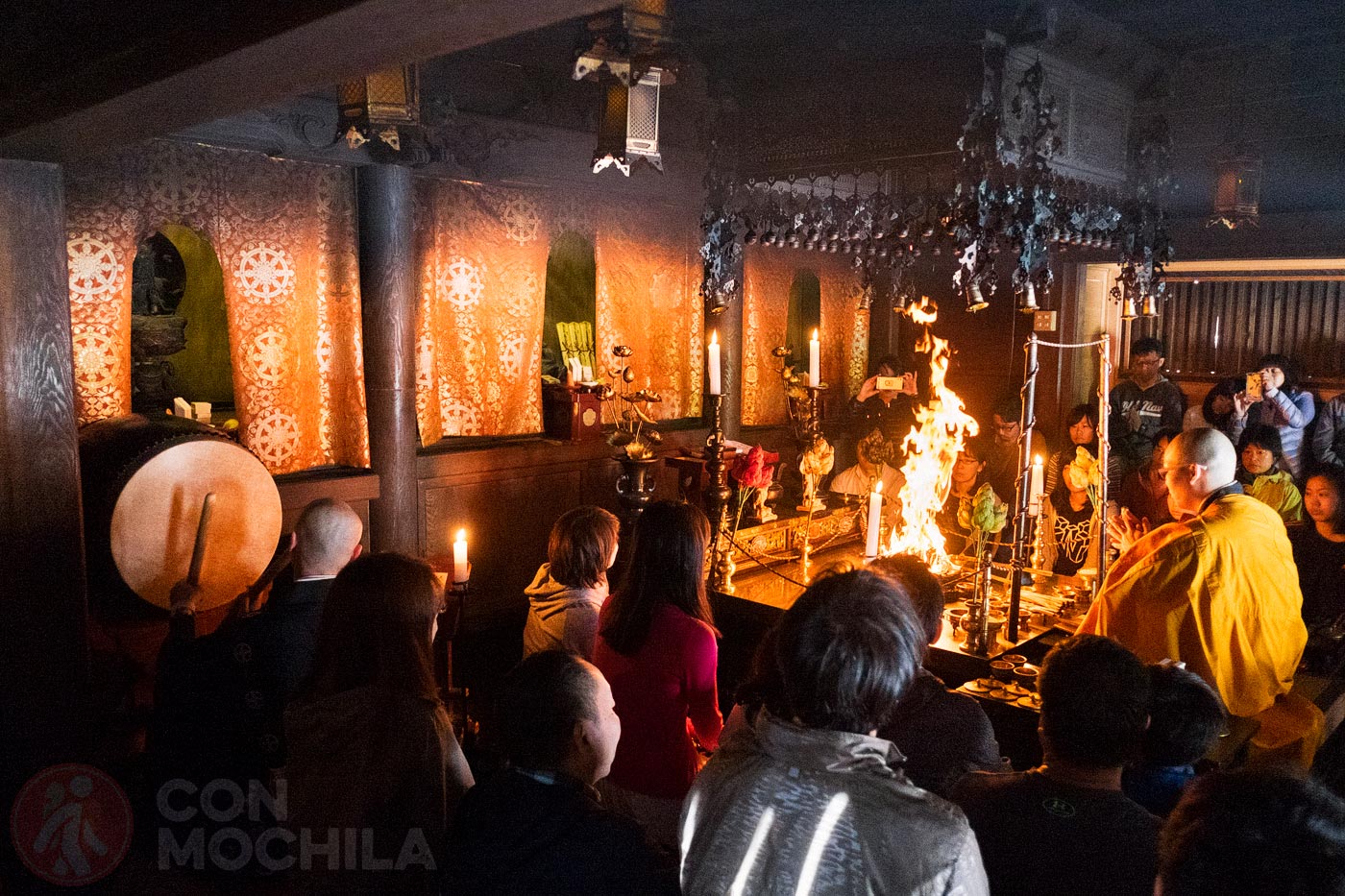
On Mount Koya, you can visit Buddhist temples, sleep in a monastery for a truly unique experience, participate in morning religious ceremonies, and stroll through one of the most unusual cemeteries you’ll ever see. The place is charming, and in winter, it must be even more beautiful covered in snow.
At Jigokudani Monkey Park, within Joshinetsu Kogen National Park, there are hot spring pools that the local macaques have discovered and claimed as their own. During the colder months, these “snow monkeys” come down to the river area to enjoy a warm bath, gaining worldwide fame thanks to the photos taken by visitors.
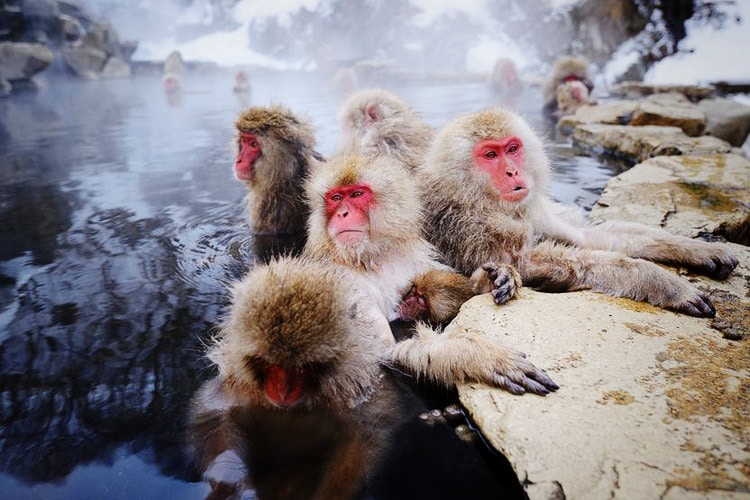
Keep in mind that if the weather is too hot, the monkeys might not feel like coming down.
It’s no surprise that gastronomy is one of Japan’s greatest attractions. If you enjoy eating, you’ll have a fantastic time in the Land of the Rising Sun, thanks to its diverse and delicious cuisine. Fortunately, most restaurants will have menus with pictures, making it easier to choose your dishes.
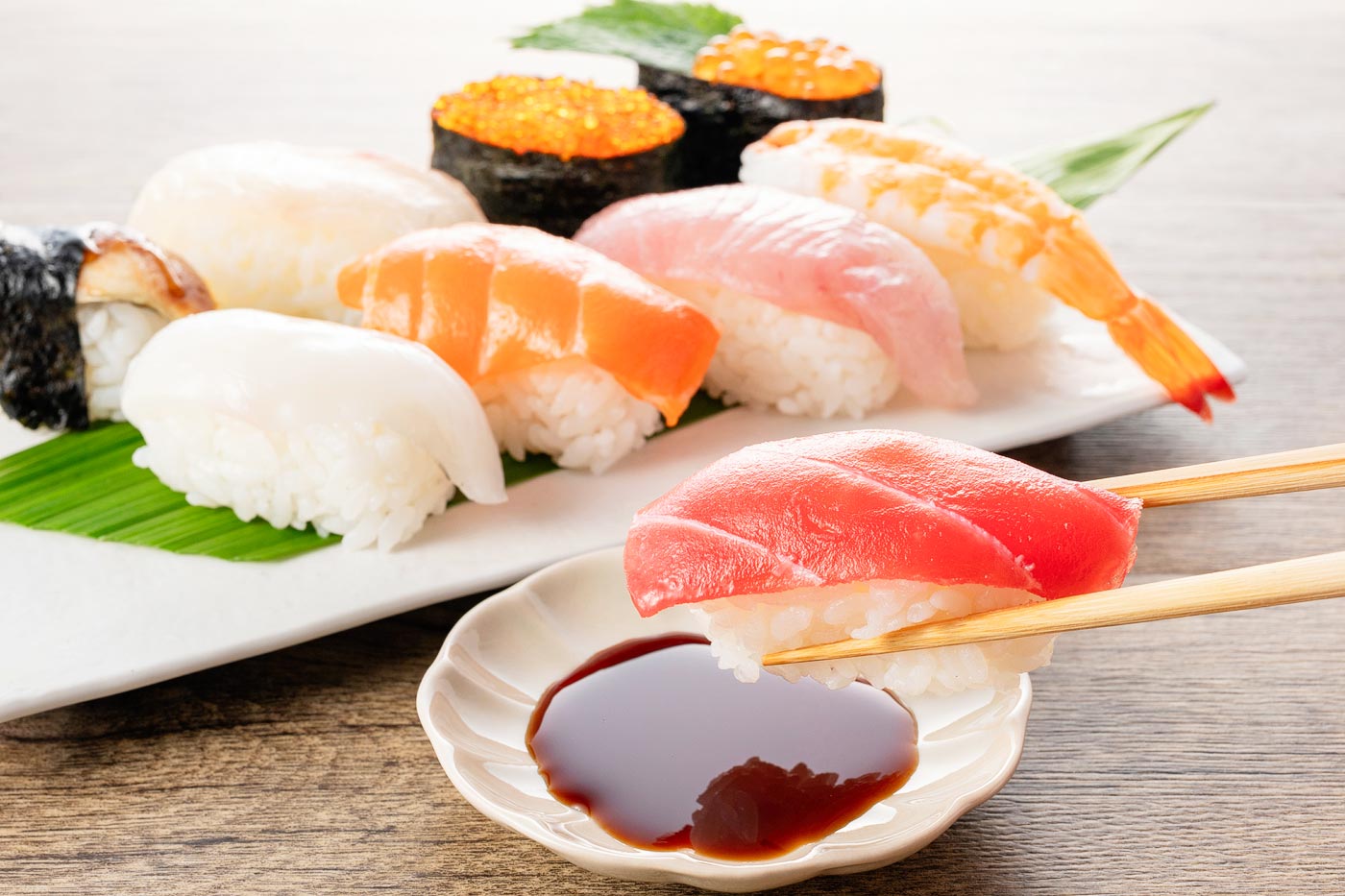
To help you prepare, we’ll review some of the most common dishes (as well as some lesser-known ones) in Japanese cuisine that you shouldn’t miss during your trip to Japan. You can find all the information, along with plenty of photos, under “Typical Japanese Food.” (coming soon)
Accommodation options in Japan are quite varied. For reference, the cheapest place we stayed in was a mixed dormitory with bunk beds and a shared bathroom in Osaka, costing us €23 (Guesthouse Midoriya). Double rooms with private bathrooms typically range from €30 to €59, and in the cities, you can find entire apartments on Airbnb for about €40.
Our strategy was always to “book the first night and then find hotels as we go,” but as tourism has grown, so have the number of new hotels and “fully booked” signs, as well as new booking websites. The advantage now is that, with just a click, you have a wide selection of hotels and guesthouses to choose from before you even arrive at your destination.
We recommend using platforms like Booking.com or Agoda.com, which are very popular in Asian countries.
We traveled exclusively by train throughout the country (with the exception of a bus ride from Kanazawa to Kawaguchiko), which is why we chose to get the Japan Rail Pass. If you plan to travel long distances and visit many cities, we highly recommend it. For us, it was well worth it, and with so much traveling (remember, our itinerary in Japan lasted 32 days), we ended up saving quite a bit of money.
Within the cities, you can use the JR lines, buses, and the subway. Each day, study the areas you plan to visit to determine whether it’s worth purchasing a one-day pass, as sometimes just making more than two or three trips justifies the cost. For example, in Tokyo, the tokunai pass costs 750 ¥ and allows unlimited travel for one day on JR East local trains (non-reserved seats).
Click on the image and it will take you to a new Google Maps window with all the points of interest to travel around Japan.
